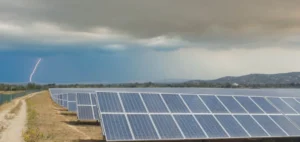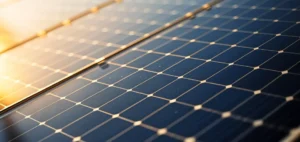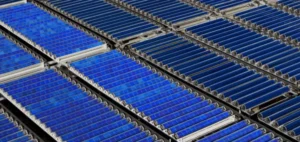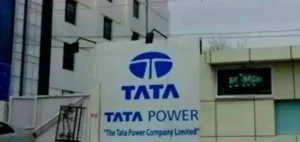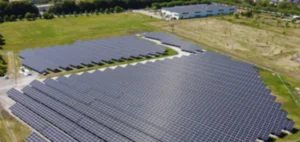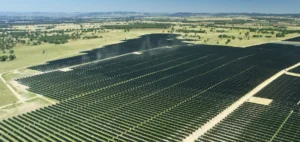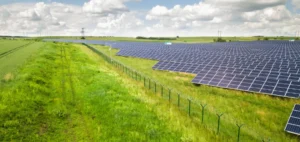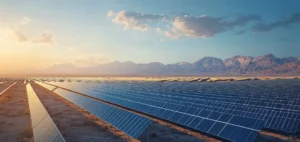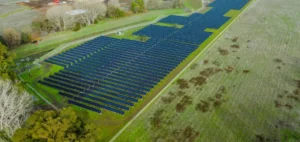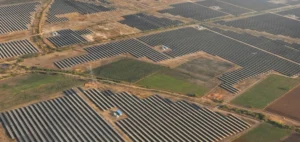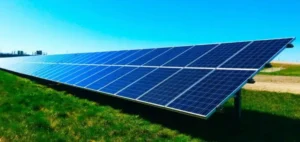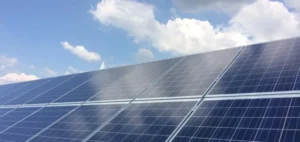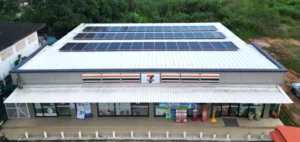A team of Chinese researchers led by Wu Shengfan, Assistant Professor at the School of Interdisciplinary Studies at Lingnan University, has developed a molecular stabilisation method aimed at improving the commercial viability of perovskite solar cells. Known for their high efficiency and low manufacturing costs, these photovoltaic technologies remain limited by long-term instability under high temperatures, hindering industrialisation.
A new molecular approach
The strategy relies on the use of Self-Assembled Monolayers (SAMs), specifically designed to enhance the stability of inverted perovskite cells. Two molecules were combined: JJ24, a crosslinkable molecule, and CbzNaph, a hole-selective molecule. During thermal annealing at 160°C, JJ24 forms covalent bonds with the alkyl chains of CbzNaph, thereby creating a reinforced molecular structure.
This configuration reduces perovskite degradation by limiting its direct exposure to the substrate. It also improves the dipole moment of the molecules, lowering the substrate work function and optimising charge extraction while reducing energy losses. The increased SAM density further facilitates process reproducibility and large-scale deployment.
Certified and durable performance
Thanks to this innovation, the tested solar cells achieved a Power Conversion Efficiency (PCE) of 26.98%, with a certified value of 26.82%. Performance was maintained without degradation after 1,000 hours of continuous operation under the ISOS-L-2 protocol, a standard defined by the International Electrotechnical Commission (IEC). The modules also retained over 98% of their initial efficiency after 700 thermal cycles between -40°C and 85°C.
Wu Shengfan stated that the experimental results demonstrate broad applicability to various standard SAM molecules, ensuring industrial adaptability. This development positions the technology as a potential solution for commercial integration on a large scale within three to five years.
Industrial production objective
The publication of this research in Nature marks a first for Lingnan University as a co-corresponding author. It reflects the growing research capabilities in advanced photovoltaic technologies, particularly in inverted perovskite materials. The stated objective is to enable the production of high-performance large-scale solar modules that meet durability requirements for industrial applications.



